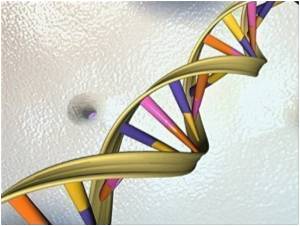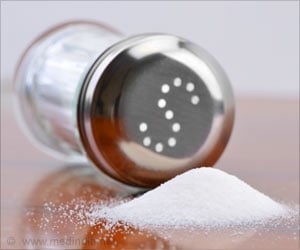Researchers have identified a molecular pathway that offers novel drug targets for diabetes.

They found that among the latter two groups, a gene known as STARS was expressed more than twice as much as in healthy people. STARS activates another gene known as SRF, and a group of genes regulated by SRF along with a co-activator protein called MKL1 showed the most increase in expression in the cells of those with type 2 diabetes. When scientists cultivated those cells in vitro, the same results appeared.
Examining the muscles of insulin-resistant mice, the scientists found similar boost in the expression of those key genes.
But was this molecular pathway helping to trigger insulin resistance or just showing up at the scene of the crime?
To find out, the scientists next took muscle cells derived from rodents, reduced the expression of STARS and found that glucose uptake climbed in the cells. They then examined the effect of a chemical that inhibits SRF and found that glucose uptake rates increased in both mice and human cells�and that the effects were greater in cells from patients who were insulin resistant or had type 2 diabetes. Finally, the investigators showed that giving the chemical inhibitor to mice with high glucose levels also boosted glucose uptake in muscles.
"This pathway holds promise as a target for novel diabetes therapies, and it also gives us tools to understand the pathways of progression to diabetes," concludes Dr. Patti.
Advertisement















